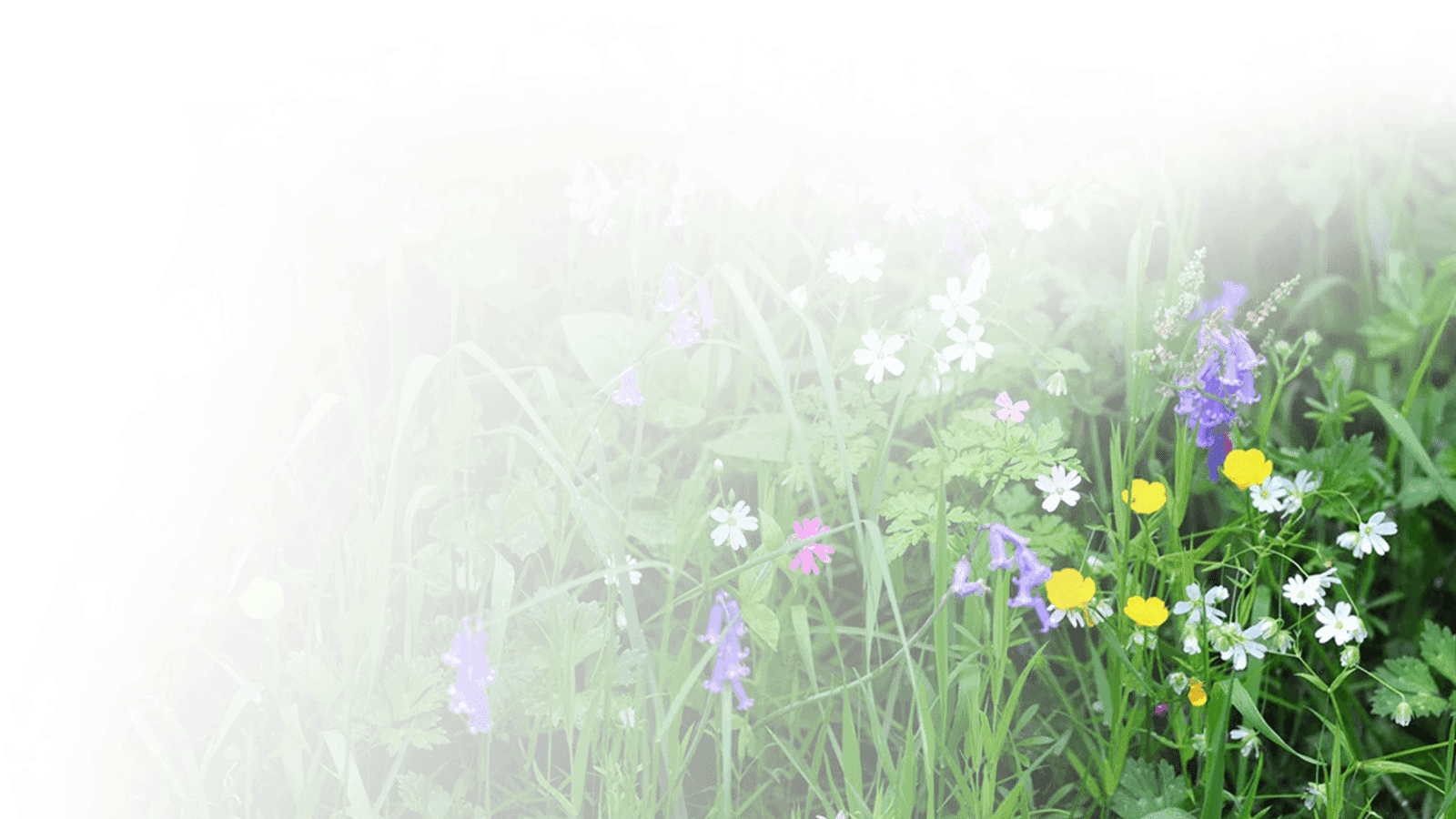Travelling to Ancient Egypt and exploring ‘Celebration’
Written by Beth
So our journey continues through the deep stream of the Western spiritual tradition, following the beginnings of the Bible and again meeting older and less familiar mythology through the characters of the stories more familiar to our culture today. The characters that lead us now are Jacob and Rachel, and Joseph and Asenath, and through them we hear the story of Isis and Osiris, Nepthys and Seth; Gods and Goddesses from the time and place in which our characters lived, namely Ancient Egypt.
Our explorations are enriched by opening to the mythic mind but also by drawing upon archaeology and ancient his/herstory and this time we had inspiration to draw on from a recent field trip, which for some included a visit to the Ancient Lives, New Discoveries exhibition at the British Museum. Through current scanning technology this exhibition reveals details of the lives of several men and women from ancient Egypt without disturbing their remains. So as well as mythic characters, we were able to meet a few Egyptian ancestors, such as Tamut (first left, below), a high ranking priest’s daughter, who may have been not unlike Asenath, daughter of the priest Poti-phera and married to Joseph, who Jewish tradition suggests is the daughter of Dinah and grand daughter of Leah from the Bible stories (popularised through Anita Diamant’s book ‘The Red Tent’).



The story of Isis and Osiris is one of descent and return, and it follows the annual drought and flood of the River Nile, as depicted above in Helen’s painting. When the tears of Isis, heart-broken from the loss of her beloved Osiris, flow down onto the plains, the river fills and as her tears and the waters diminish, the land is left once again fertile. Tears of pain and grief re-alivening dead ground, love lost transformed into new love and new life. “Lips wet from tears are ripe for kissing”… Joy birthed from pain, the cracked ground healed by the moisture of weeping and sorrow. In the ancient myth Osiris becomes the green faced God of the Underworld, while Isis and their son, Horus, care for the land of Egypt, and ancient hymns to Osiris reveal a deep mythic motif that will later take new form in the Christian story:
“Rise,Osiris! You went away, but now you have returned.
Rise, Osiris! You were asleep, but now you are awake.
Rise, Osiris! You dies, but now you are alive again.”
And the story ends with a celebration!… which was the theme of our Sacred Space workshop the following day.
So what does celebration mean to us? There were some negative associations with the term; memories of overly structured and highly pressured parties with meaningless and boring conversations, finding abundance in food and drink rather than each other. Asking the question what we would like celebration to be about, the common features agreed upon was an intention of presence and awareness, finding abundance in simplicity rather than gluttony, and meeting each other on shared heartfulness rather than over-consumption.
The priestly role can be to bring a gentle focus to this, not overly structuring but simply holding a space that invites intentionality and love. Sam, inhabiting this role within the group, held and encouraged us to celebrate communion together, following the simple and deep four-fold structure at the foundation of traditional church services:
The first stage is to gather together, which is traditionally expressed in prayers, hymns and sharing of peace, but for us was an emergent chorus of sung harmonies, gathering our separate selves into melodic and vibrational union. The next stage is to engage; traditionally with Bible readings but for us contemplative sharing of our own wisdom procured from the day, learning from the truths salvaged “from the splitting open of our lives”. The third stage is the sharing of bread and wine, representing for us the sacred nature of all the Earth’s bounties, and the ceremonial eating and drinking of which brings us into sacred union as one body. However, rather than from priesthood to lay, our sharing was from one person to the next; each receiving from one neighbour and giving to another. Finally, the last stage is to bless each other and to carry what we have created and received back out into the world.


This was a very powerful ceremony, for many bringing fresh meaning to what has been experienced as a stale ritual lacking in meaning. Getting to the core of what it means to celebrate with one another with presence and heartfulness, our expansive and epic weekend ended in our own collaborative celebration of Holy Communion.


















